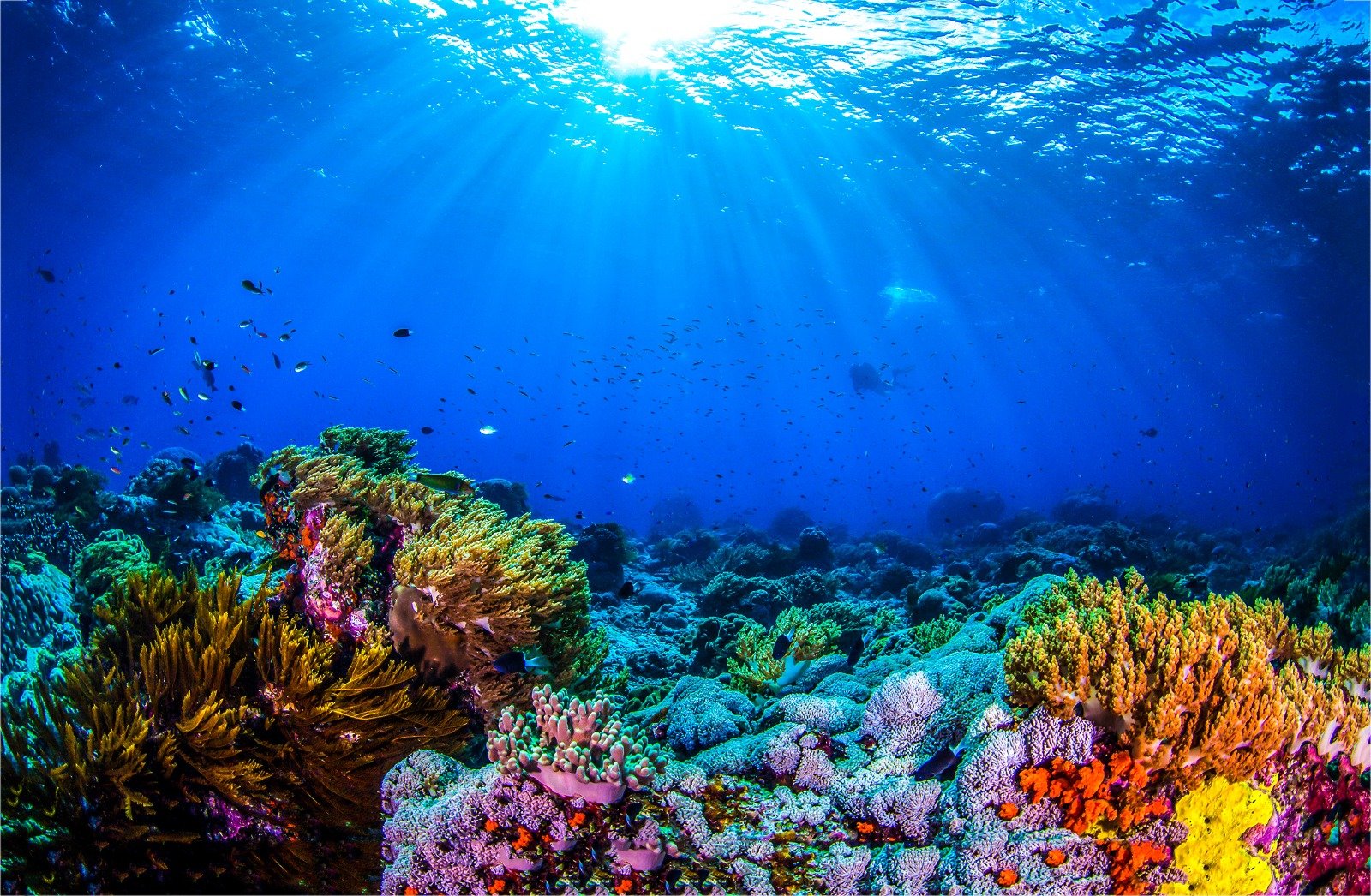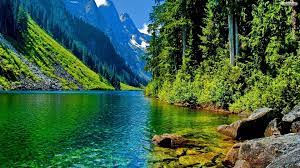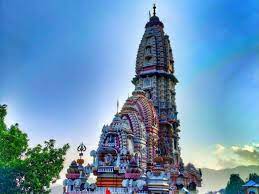BREATH TAKING OCEANS ON EARTH

We live on
the planet which we call Mother Earth. Our earth is made of land and water.
When we look at the globe, the blue area represents water. Water covers about
70 percent of the total surface of the earth. We have divided 30 percent of the
planet into large land masses, which we call continents. Continents made us pay
attention to the water bodies of the earth, about 70% of the earth's surface is
covered with water, and these large water bodies are known as oceans. Ocean is a vast
water body of salty water, which we call Ocean in English. Since all the water
bodies are connected, the earth as a planet can be called a global ocean. According to the world's countries, this one global ocean
is divided into five oceans based on different geographical regions. There are a total of five oceans on the earth, let’s get to know about all of them.
1. INDIAN OCEAN
The Indian
Ocean is the third largest ocean in the world among the five oceans of the
world. The Indian Ocean is spread over 7% of the earth. This ocean was born
about 730 million years ago. The water of the Indian Ocean is considered warmer
than other oceans. Sometimes- Sometimes the water of this ocean reaches 36
degrees Celsius. The total area of the Indian Ocean is 7 crore 5 lakh 60
thousand km. The width of the Indian Ocean is about 10,000 kilometers, which
includes the Red Sea and the Persian Gulf. The depth of the Indian Ocean is
8047 meters. There are thousands of islands in the Indian Ocean, the largest of
which are Sri Lanka and Madagascar. The flow of water in the Indian Ocean is
twice a year. The time changes, due to the monsoon winds in summer, the water
flows towards India and in winter it starts flowing towards Africa.
2. PACIFIC OCEAN
The Pacific
Ocean is the largest and deepest in the world. The total area of the Pacific
Ocean is 16 crore 52 lakh 46 thousand square kilometers. Its area is
6,36,34,000 square miles, which is more than twice the size of the Atlantic
Ocean. It is 9,455 miles wide from the Philippines coast to Panama and 10,492
miles long from the Bering Strait to South Antarctica. Its northern edge is only connected to the Arctic Sea by the 36-mile Bering Strait. Due to its
spread over such a large area, there is a significant difference in the living
conditions of the inhabitants, vegetation, animals, and humans compared to
the seas of other parts of the earth. The average depth of the Pacific Ocean is
about 14,000 feet and the maximum depth is about 35,400 feet, then between Guam
and Mindanao. This ocean is a companion of the Atlantic Ocean.
3. ATLANTIC OCEAN
The Atlantic
Ocean or the 'Dark Ocean' is the vast body of water that separates the
continent of Europe and Africa from the continents of the New World. The size
of this ocean is almost similar to the English number '8'. Its width is very
less as compared to its length. The Arctic Ocean, which extends from the Bering
Strait through the North Pole to Spitsbergen and Greenland, is largely a part
of the Black Ocean. Thus, its length from the Bering Strait in the north to
Cotsland in the south is 12,810 miles. Similarly, the 'Vaddle Sea' located in
the south of South Georgia is also a part of this ocean. Its area is
4,10,81,040 square miles. Its area excluding the internal seas is 3,18,14,640
square miles. Despite not being the largest ocean, the world's largest water
flow area comes under the Atlantic Ocean.
4. ARCTIC OCEAN
The North
Polar Ocean or 'Arctic Ocean' is located in the northern hemisphere of the
Earth. Its expansion is mostly in the Arctic north polar region. It is the
smallest and shallowest of the five major marine divisions of the world i.e.,
the five oceans. The International Hydrographic Organization (IHO) accepts it
as an ocean, while some oceanographers refer to it as the 'Arctic Mediterranean
Sea' or simply the 'Arctic Sea'. Scientists consider the Arctic to be one of
the Mediterranean Seas of the 'Dark Ocean'. Eurasia and North America almost completely surround this ocean. The Arctic Ocean is partially covered
by sea ice throughout the year and is almost entirely covered by ice in
winter. The ocean's temperature and salinity vary seasonally as its ice melts
and freezes.
5. SOUTHERN ANTARCTIC OCEAN
Many
icebergs float in the South Polar Ocean or 'The Antarctic Ocean'. This ocean is
spread around the continent of Antarctica. According to some geographers, it is
not an independent ocean but only the southern extension of the 'Dark Ocean'
(Atlantic), Pacific, and Indian Ocean. The depth of the Antarctic Ocean is
600 miles (about 960 km) near Cape Horn and 2,400 miles near Cape Amulhas,
south of Africa. Many large-sized floating 'icebergs' keep floating in this
ocean. Some icebergs also go to the nearby other oceans while swimming. Marine
explorers have also seen many such floating icebergs in this sea, whose area
was more than one hundred square miles. The thickness of some of these icebergs
was more than a thousand feet. The average temperature of the water of the
Antarctic Ocean at the surface is 29.8°F and at the bottom, it ranges from 32°
to 35°F.
You may like post

GLOBALLY RENOWNED NO FLYING ZONES
Some places in the world have been permanently declared as 'No Fly Zones', so let us know which are the places over which airplanes are not flown.

10 LENGTHIEST RIVERS IN THE WORLD
Get to know the names and length of the top 10 longest rivers in the world.









